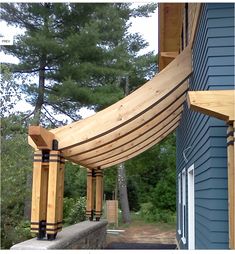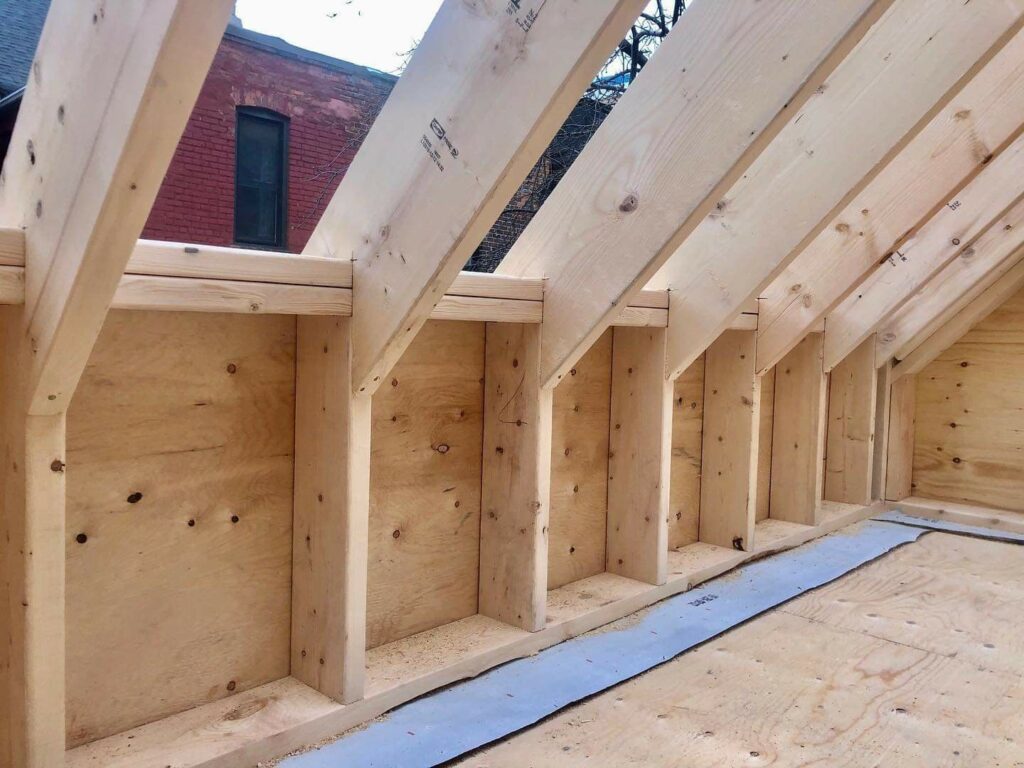We often think of sculpture as static: bronze figures frozen in heroic poses, marble forms cool and immutable, steel structures asserting their permanence against the sky. But what if the most captivating sculptures weren’t carved from stone or cast in metal, but woven from the most ephemeral materials imaginable – light and shadow? What if the artist wasn’t solely a human hand, but the cosmic clockwork of the sun, the whims of the atmosphere, and the subtle dance of time? This is the essence of an ever-changing installation that surrounds us, yet often goes unremarked: The Sculpture of Light and Shadow.
This is not sculpture in the traditional, tangible sense. It lacks mass, it cannot be possessed, and its materials defy containment. Its medium is pure energy and its absence. Its canvas is the world itself – the walls of our buildings, the floors of our rooms, the leaves of trees, the contours of the landscape, and even the planes of our own faces. Its creation is a continuous, dynamic performance, a collaboration between celestial mechanics, earthly forms, and atmospheric conditions. It is art experienced in real-time, inherently fleeting, and profoundly responsive to its environment.

The Artists and Their Tools: Celestial Mechanics and Terrestrial Forms
The primary artist is, unequivocally, the sun. Its relentless journey across the sky, shifting in angle and intensity with the seasons, is the fundamental driver. It provides the raw, brilliant energy – the “positive” material. The secondary artist is the atmosphere, acting as a vast, complex filter and diffuser. Clouds become translucent scrims or opaque barriers; haze softens edges; moisture in the air refracts and scatters rays, creating halos and softening contrasts. Pollution can tint the light, adding unexpected hues to the shadow play.
The crucial collaborators, however, are the physical objects that intercept this light. They are the sculptors of the void, the creators of shadow. A simple tree branch becomes a complex stencil. The intricate facade of a building transforms into a dynamic grid of light and dark. A solitary chair casts a shape that evolves from elongated morning phantom to a compact midday silhouette. The texture of a brick wall, the folds of drapery, the ripples on water – all these surfaces catch and manipulate light, carving out shadows with varying degrees of sharpness, depth, and mystery. The form of the object dictates the shape of the shadow; the texture influences the quality of the light reflected and the shadow cast.

The Sculptural Elements: Beyond Simple Silhouettes
This installation utilizes core sculptural principles, albeit with transient materials:
- Form and Volume: Light defines form by revealing planes and curves. Shadow creates volume by suggesting depth and recession. The interplay sculpts the perceived three-dimensionality of objects and spaces. A shaft of light cutting through a dim room doesn’t just illuminate; it carves out a column of visibility, defining spatial volumes within the larger void.
- Line and Pattern: The sharp edge of a window frame casts a precise, graphic line across a floor. The lattice of a pergola projects an intricate, shifting pattern. Moving foliage creates dappled, ever-mutating designs. These are drawings made with absence, complex compositions etched in darkness upon fields of light.
- Texture and Tone: The quality of light dramatically affects the perception of texture. Harsh, direct sunlight accentuates every bump and groove, casting deep, high-contrast shadows that feel tactile. Soft, diffused light (like on an overcast day) minimizes texture, rendering surfaces smoother, with gentle gradations of tone in the shadows, creating a more painterly effect.
- Negative Space: Shadow is the ultimate negative space. It’s not merely the absence of light; it’s a palpable presence defined by its boundaries. The shape of the shadow is the sculpture, as significant as the illuminated area surrounding it. A stark, angular shadow possesses a different emotional weight than a soft, blurred penumbra.

Time: The Master Sculptor
What elevates this phenomenon from mere visual effect to a profound “ever-changing installation” is the dimension of time. Time is the master sculptor here, constantly remolding the work:
- The Daily Cycle: From the long, dramatic, cool-hued shadows of dawn stretching like grasping fingers, through the high-contrast, almost brutal clarity of noon where shadows pool tightly beneath objects, to the warm, elongated, and softening silhouettes of dusk – the sculpture undergoes a complete metamorphosis every single day. The speed of change is mesmerizing, a slow-motion animation where forms stretch, compress, pivot, and dissolve.
- The Seasonal Shift: The sun’s changing path in the sky alters the fundamental geometry of the installation. Winter sun, low on the horizon, penetrates deep into spaces, casting long, intrusive shadows and bathing interiors in a slanted, golden light unobtainable in summer. The high summer sun creates shorter, denser shadows and intense pools of brightness. The angle changes the relationship between light, object, and the resulting shadow form.
- Meteorological Moments: Weather provides instantaneous revisions. A passing cloud bank can transform a scene of harsh contrasts into one of uniform softness in seconds. Rain turns streets into reflective canvases, doubling the world and its shadows. Fog sculpts with light by obscuring, creating veils and halos, reducing forms to ethereal suggestions. A sudden shaft of sunlight breaking through storm clouds becomes a dramatic spotlight, isolating and glorifying whatever it touches.
- Ephemeral Events: The shadow of a bird in flight momentarily sketches itself on the ground. A figure walking through a sunlit space becomes a moving sculpture, their shadow gliding alongside or preceding them. Smoke, steam, or dust motes dancing in a sunbeam become kinetic elements within the larger installation.
The Human Experience: Immersion in the Ephemeral
We are not passive observers of this installation; we are participants immersed within it. Light and shadow sculpt our perception of the world and our emotional response to it:
- Atmosphere and Mood: The quality of light and shadow profoundly shapes ambiance. Cool, blue-tinged morning light feels hopeful; the golden hour evokes warmth and nostalgia; deep, velvety shadows can feel intimate, mysterious, or foreboding. Architects and artists have always manipulated this understanding (think Gothic cathedrals or Caravaggio’s paintings).
- Revealing and Concealing: Light highlights, shadow obscures. This dynamic creates mystery, focus, and drama. A face half in shadow is more intriguing than one fully lit. A path illuminated by dappled light invites exploration; one swallowed by deep shadow might give pause.
- Temporal Awareness: The shifting play connects us viscerally to the passage of time. The lengthening shadow is a sundial we intuitively read. The changing quality of light signals the time of day and season more fundamentally than any clock.
- Contemplation and Wonder: Observing the intricate dance – the sharpness of a shadow’s edge, the soft bloom of light through leaves, the dramatic transformation of a familiar space at a different hour – can induce a state of mindful presence and aesthetic appreciation for the transient beauty constantly being created and destroyed around us.
An Enduring Impermanence
“The Sculpture of Light and Shadow” is an installation without a fixed location, a permanent impermanence. It requires no gallery, no admission fee. It exists wherever light falls and objects stand to receive it. Its beauty lies precisely in its transience – no single configuration lasts. The shadow you see now is already gone, replaced by the next moment’s composition.
To truly see this ever-changing installation is to cultivate a different kind of vision. It’s to recognize that the world is not just made of solid objects, but also of the luminous and dark spaces they create and inhabit. It’s to appreciate the sun not just as a source of warmth and energy, but as the ultimate artist, wielding time and atmosphere as its tools, endlessly sculpting the intangible materials of radiance and obscurity upon the vast, dynamic canvas of our world. We walk through this magnificent, ephemeral exhibition every moment of our lives. The masterpiece is always being created, right now.


